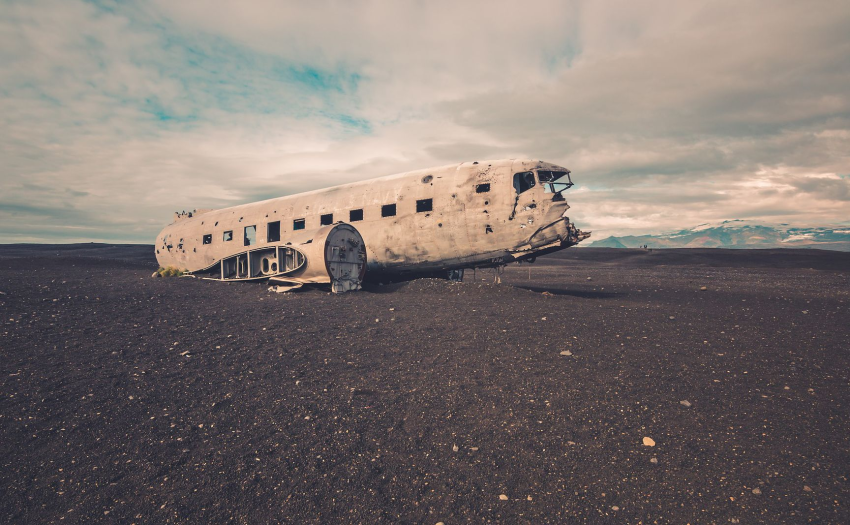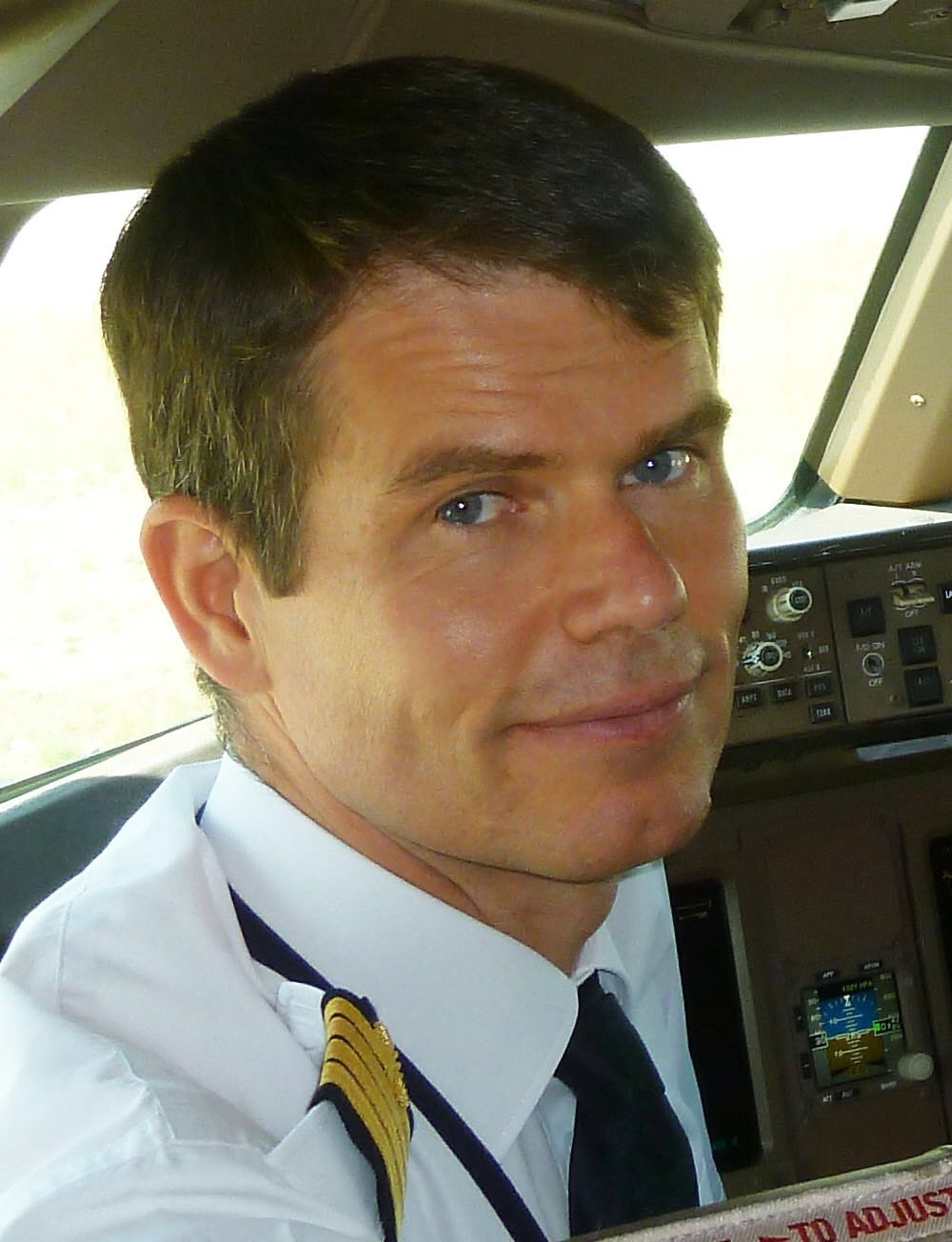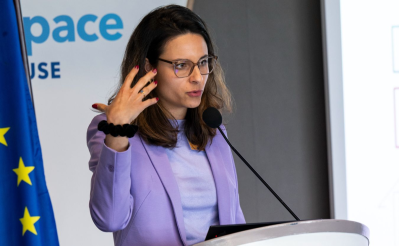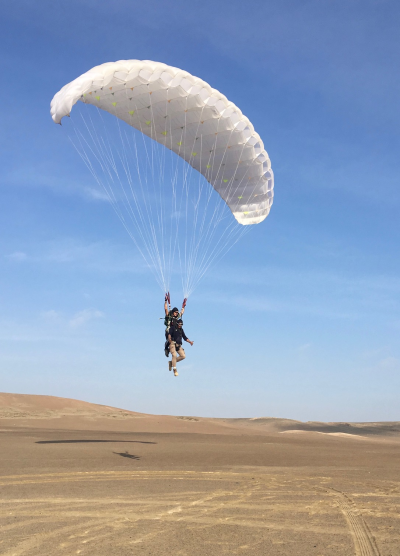News

Flight safety management in an airline: a permanent challenge
Article in Newspaper #23 - Histoires de Pilote: L'avion comme passion les cieux comme bureau
Faced with the painful experience of the Rio Paris flight accident in the spring of 2009, over the following months and years Air France significantly overhauled its flight safety management. However, this did not mean the previous way of working was seriously poor, nor that the significant progress made now meant the airline was out of danger. To use a trivial image, flight safety is like a paint job. It is work that needs to be repeated often!
When day broke on Paris on 1 June 2009, there was simply uncertainty in the Air France Operations Control Centre: for 2 hours, contact had been lost with the A330 flying from Rio to Paris. As the day went on, uncertainty became worry, before it became clear: the aircraft had still not given news and would have by then run out of fuel.
Uncertainty about the scenario of the accident actually lasted two long years: the time required to finally locate the wreck of the aircraft right in the middle of the South Atlantic and recover the famous black boxes required to understand the sequence leading to the catastrophe.
Of course, the airline did not wait two years or for the publication of the final report from the BEA in July 2012 to change. Not knowing the scenario of the accident actually led the company to make very structured progress on all possible areas for improvement. The method chosen was to initially use a group of eight renowned international air transport experts. The objective was to produce a complete inventory on the strengths and weaknesses of Air France Flight Safety, comparing Air France to the "ideal airline" in terms of flight safety management then, from this observation, issuing a series of recommendations to reach this target.
35 recommendations were therefore proposed to top management of Air France, covering all areas of airline flight safety: from governance to the various training sessions - technical or human factors - through just culture and feedback management.
Although certain recommendations were able to be implemented very quickly (such as the creation of a Flight Safety Committee within the Air France Board of Directors), others were more complex and required project mode management, which lasted several years. For example, there was a transition to manufacturer documentation for aircraft operating manuals with a change in working language to boot and associated training days. Note that this various action was taken implementing the SMS (Safety Management System) as a target, which became regulatory in France from early 2012.
So as not to only focus on the bigger and main changes for the airline:
- The creation of annual objective contracts for main operational departments in the company (air ops - commercial pilots and crew, ground ops, maintenance, cargo operations, operation control centre), enabled the accountable manager to instil a continuous improvement approach into all sectors, each with real, measurable objectives,
- The implementation of an LOSA (Line Oriented Safety Audit), not only for air ops, but also in other sectors such as maintenance or ground operations, has made Air France a pioneer in these areas,
- A transition to manufacturer documentation associated with a powerful document support tool (pilot pad) is enabling document updating and consultation that is a lot more effective, with simplified documentation,
- A pilot skills maintenance programme based on the company's strengths and weaknesses (ATQP: Advanced Training Qualification Programme) has been established, rather than the annual repetition of purely regulatory exercises. Of course, the programme was created in close cooperation with the DSAC [French Civil Aviation Authority], making Air France the first French airline to implement the concept,
- TEM (Threat and Error Management) has been adopted in the training of crews and creation of the various crew briefings,
- A modern, effective safety model associated with TEM has been adopted, based on the bow tie: a descriptive model on the prevention and recovery barriers associated with the various possible errors or threats,
- A positive safety culture is established, further to each event affecting flight safety, so as to separate individual factors from systemic factors, and therefore take appropriate action (individual action if the root cause is linked to an individual, systemic action for root causes identified as systemic),
- The flight analysis protocol has been developed, notably with the Gate Keeper corps, pilots independent from management, with the possibility, further to an event detected during flight analysis, to collect anonymous information from their colleagues so as to understand the reasons behind the event.
Just over nine years after the Rio Paris aircraft accident, what are the effects of the various action?
In terms of feedback, the feedback quantity is at a much higher level now: around 12% (12 pieces of feedback per 100 flights). The various LOSAs provide an unfiltered vision of the strengths and weaknesses of ground practices and consequently enable corrective action to be adapted. Top management is highly involved in monitoring corrective action. A CSAG (Corporate Safety Action Group) meets quarterly with the Responsible Manager and all managers designated with the main stakeholders from the flight safety network.
Flight safety workshops cover all company sectors and raise staff awareness thanks to a teaching scenario on the importance of flight safety and the responsible behaviour of all.
As such, it is unthinkable to just stick to the status quo. There are two stumbling blocks still present in flight safety for all airlines:
The first is to think "that is it, we have done all that is needed, we are safe". This kind of attitude may lead to a feeling of invulnerability and consequently less vigilance from the various stakeholders. This leads to a much higher exposure to risks.
The second is to think that flight safety is only the business of the flight safety network specialists, and therefore only concerns a few members of the company's staff. Each person has their own role to play in terms of flight safety, and cannot shirk responsibility. This is because, as Antoine de Saint-Exupery put it, "each sentinel is responsible for the whole empire."

Luc Berthier, Captain on the B777 for Air France.
Graduating from Sup'aéro in 1983, Luc joined the airline Europe Aero Services as head of the Operations department (mix between Design Office and Flight Preparation today). However, he was not made to be an engineer, as at this time he already had his airline pilot theory qualification.
In 1987 he started ENAC airline pilot training as A'28. The following year he joined Air France as a B737 first officer. The rest of his career was spent as a first officer on the B747, then captain on the B737, A320, A340 and B777. At the same time, he became an instructor in 2003 and an examiner in 2006.
After the Rio-Paris accident, he was named Director of Flight Safety for Air Ops, then the following year Director of Flight Safety for the whole airline, a role he kept until late 2017.
















1 Comment
1) la fatigue des pilotes : vol de nuit
2) des conditions météorologiques défavorables : cellule orageuse importante dans la région traversée
3) mauvaise décision du pilote: il débranche le F.M.C. (que j'ai moi- même contribué à mettre au point aux essais en vol à Toulouse) et tente de passer au dessus de l 'orage
4) le dépassement de l' altitude maxi de vol entraine un décrochage
5) le pilote ne comprend pas qu'il est en chute libre
6) si le F.M.C. était resté branché celui ci n'aurait pas permis à l' avion de sortir de l'enveloppe de vol
7) une formation sur simulateur de vol insuffisante pour apprendre à éviter convenablement les cellules orageuses (il faut un rayon de protection pour éviter les foudroiement ) qui devraient augmenter avec le temps à cause du changement climatique si nous ne développons pas rapidement les avions de ligne électriques.
8) un probable défaut de logique dans les informations de vitesse délivrées lors du givrage des tubes Pitot:
La référence en matière de vitesse doit être donnée par la centrale à inertie qui calcul la véritable vitesse de l' avion en vol.Seules les informations qui corroborent l' équivalence de la vitesse donnée par le tube Pitot et par la centrale à inertie doit être communiquée au pilote.(Voir manuel de vol AIRBUS)
9) il faut toujours superposer l'image RADAR au plan de vol sur les écrans EFIS de façon à anticiper les trajectoires d' évitement d'obstacles.
Voila qui devrait vous rassurer pour les prochains vols et satisfaire Saint Exupéry...
Cordialement,
Puyuelo Jacques IENAC79
Log in to post comment. Log in.